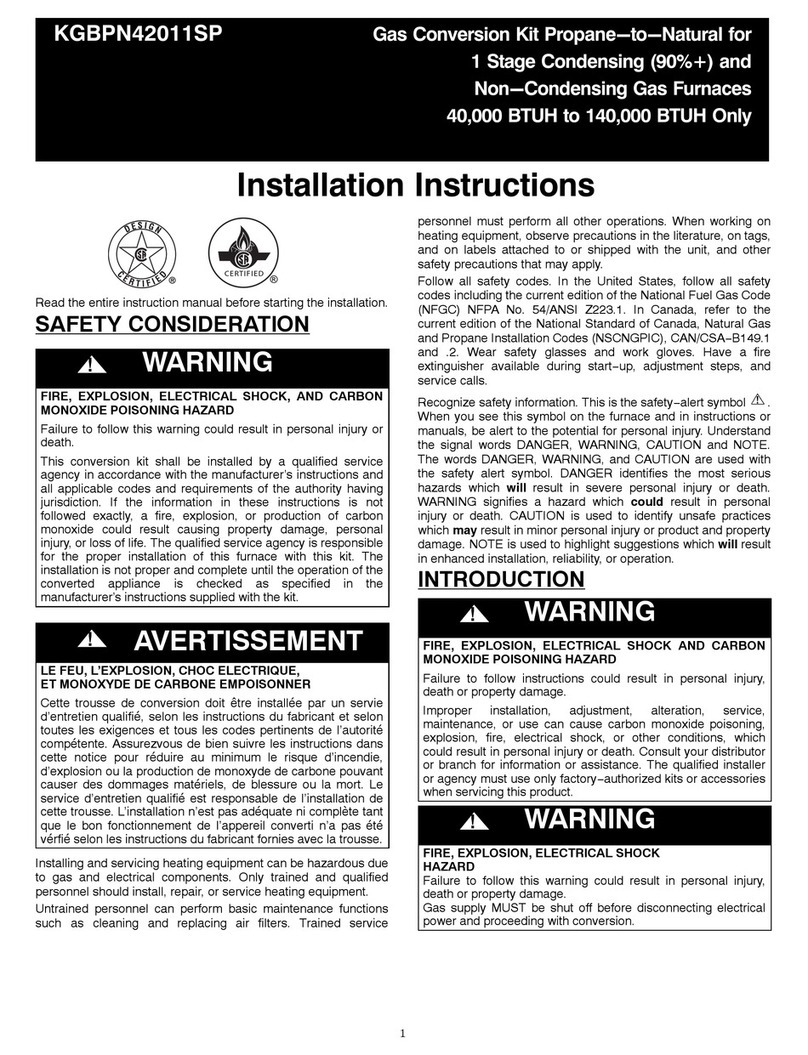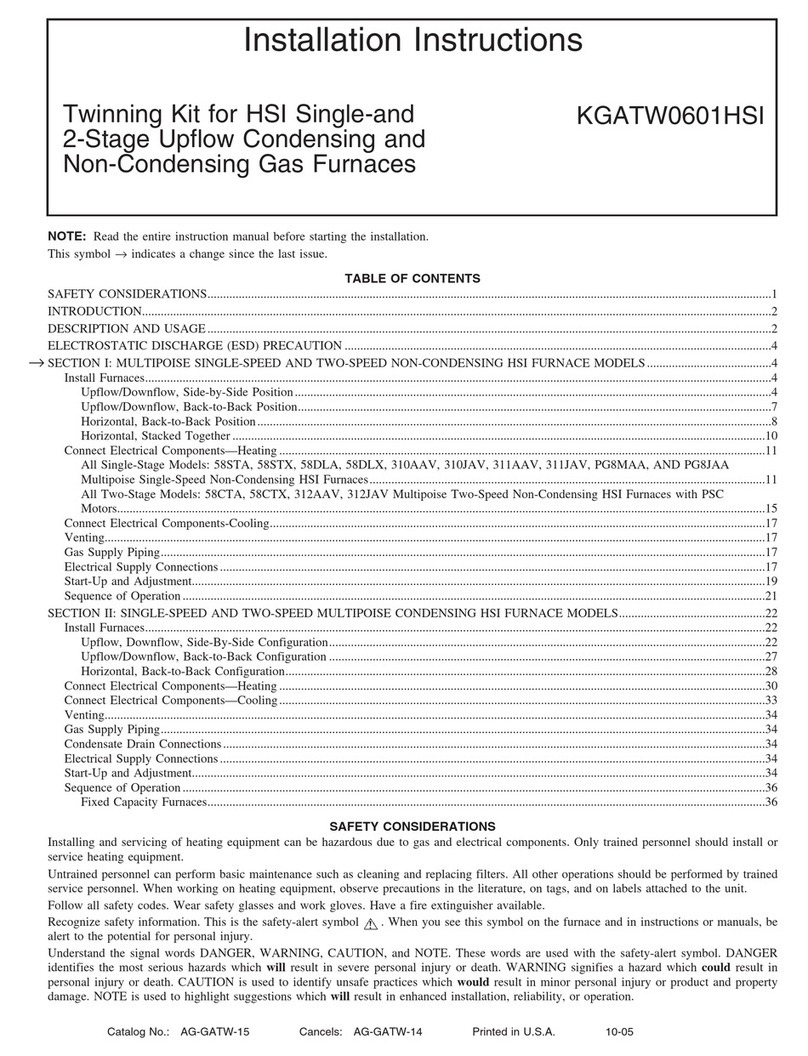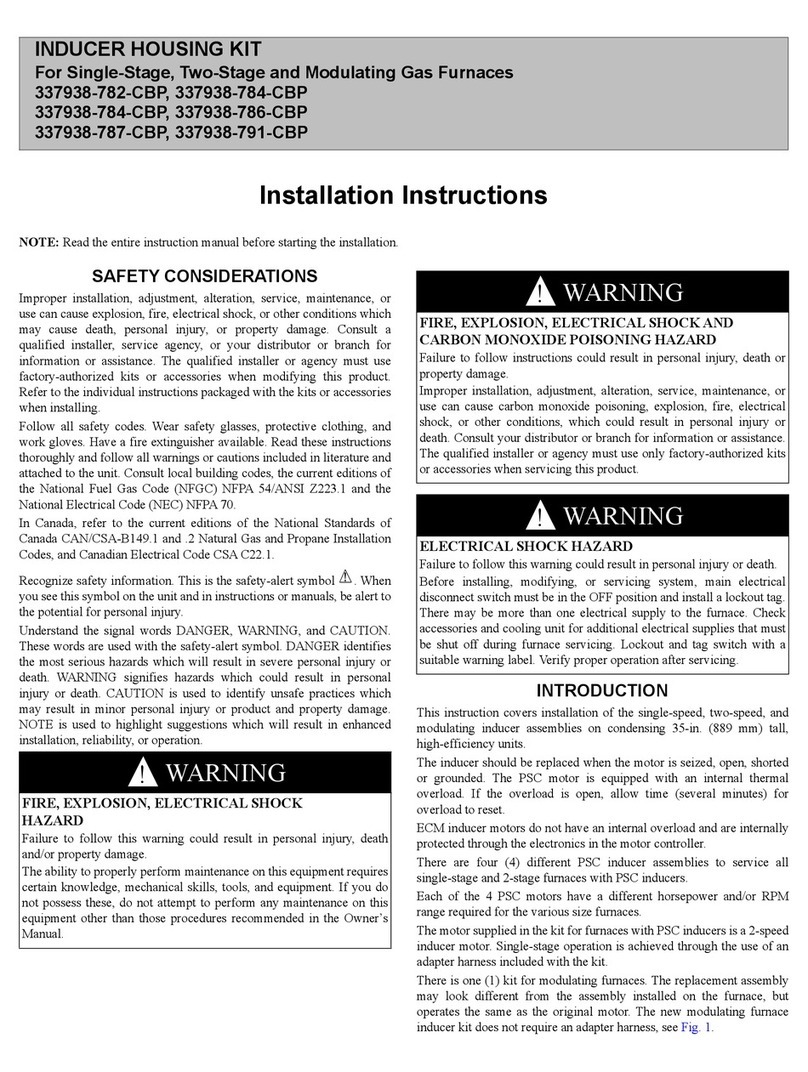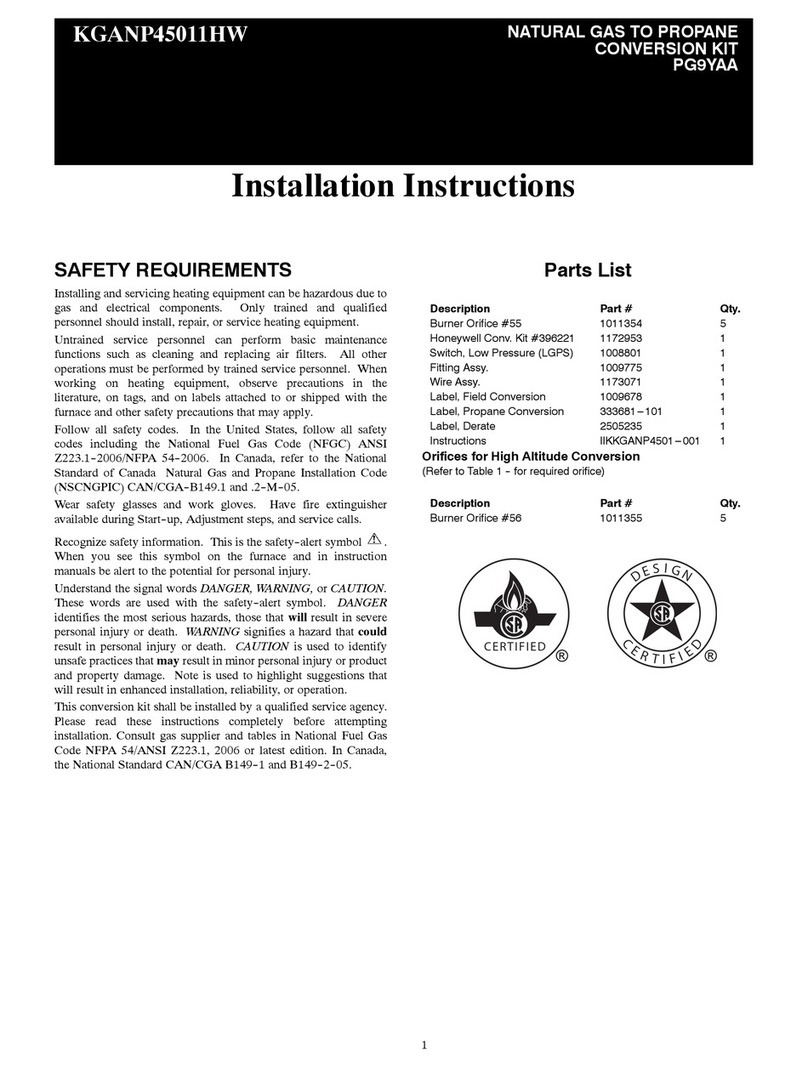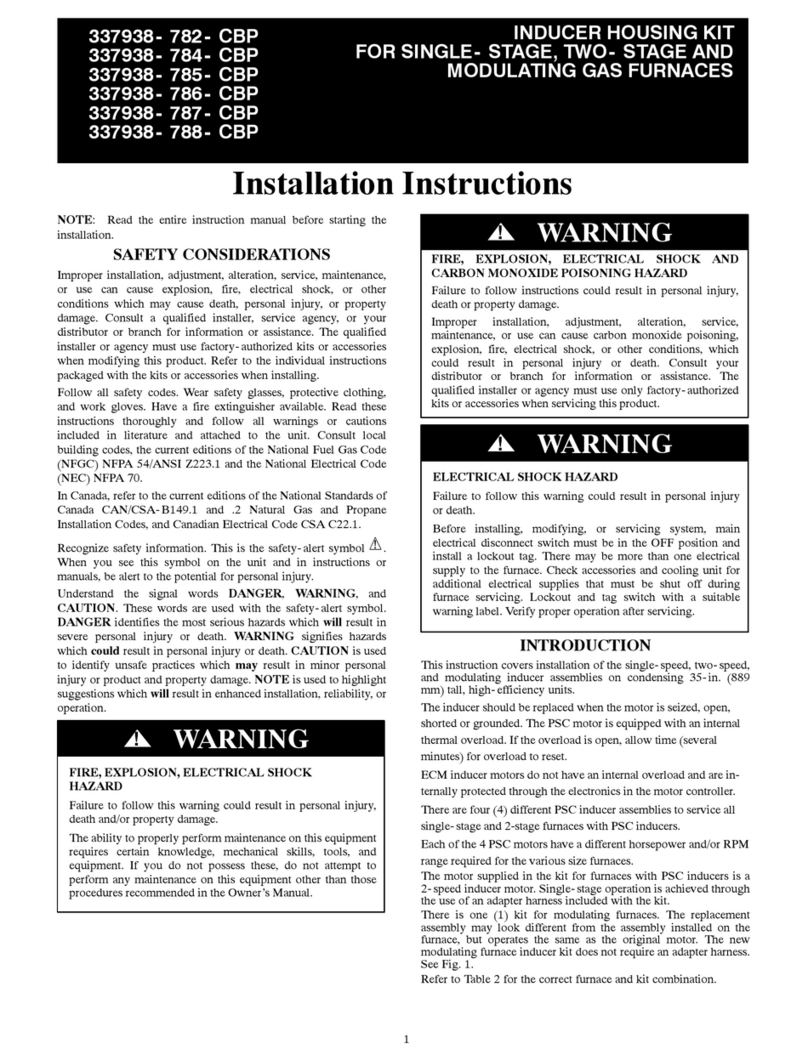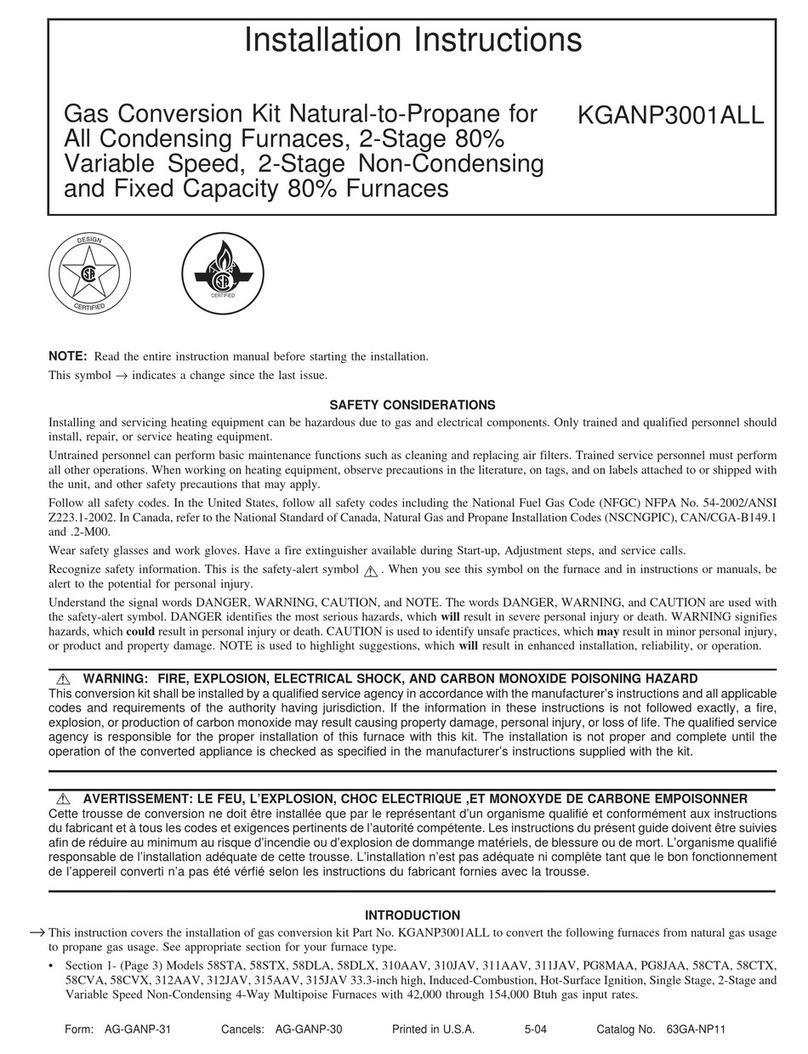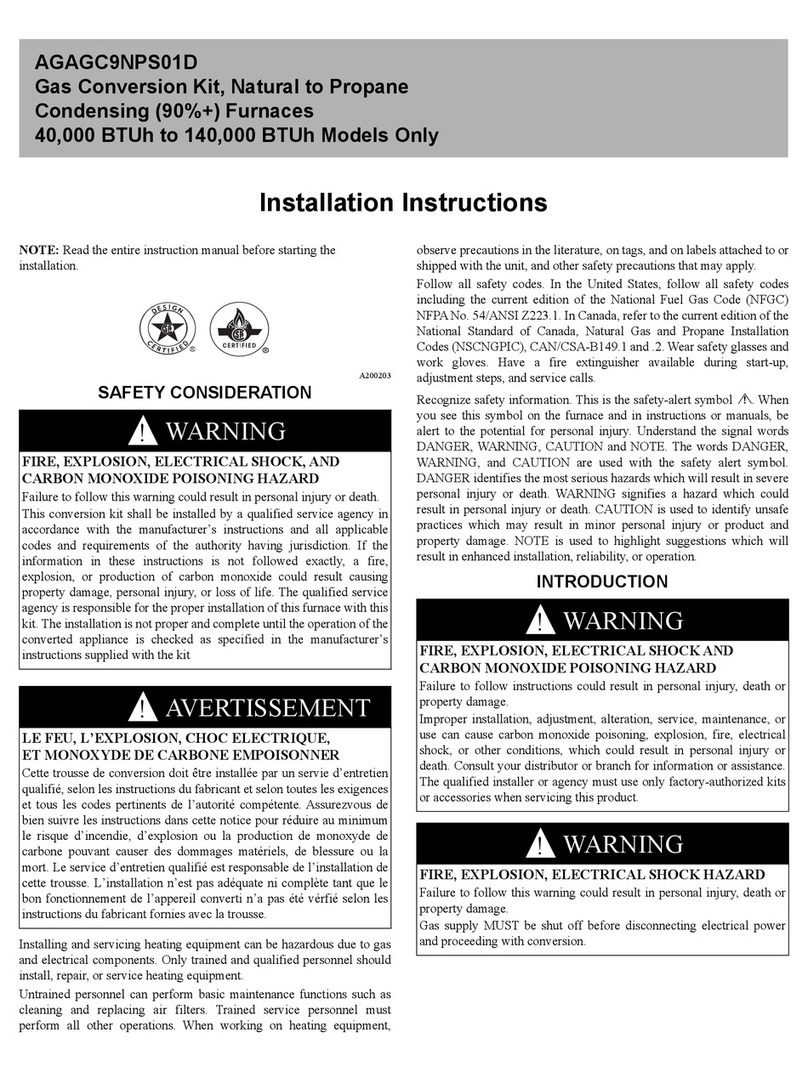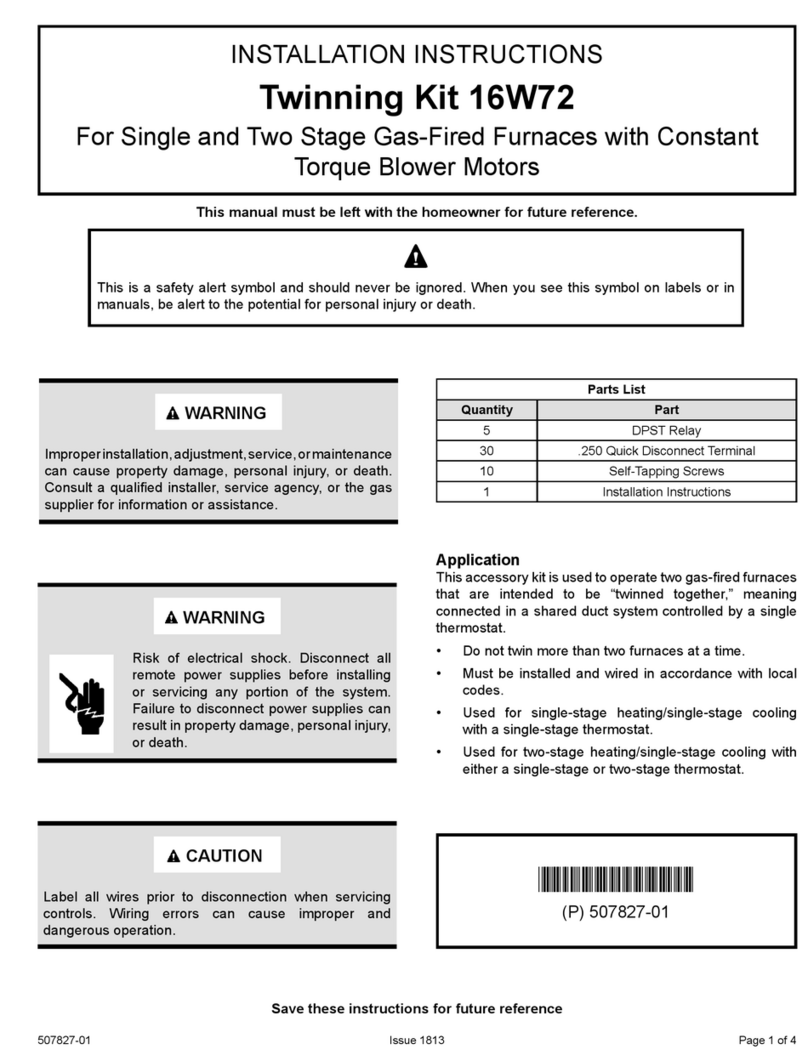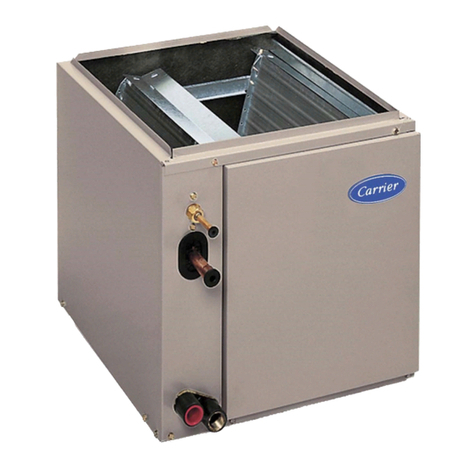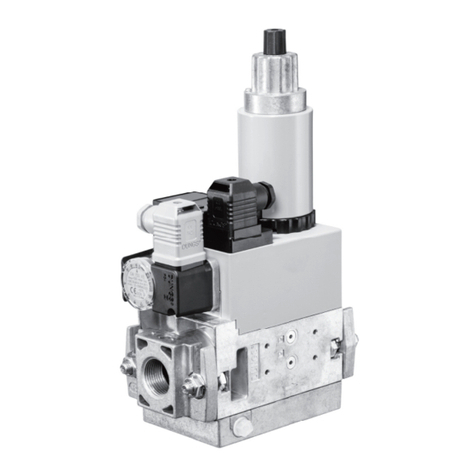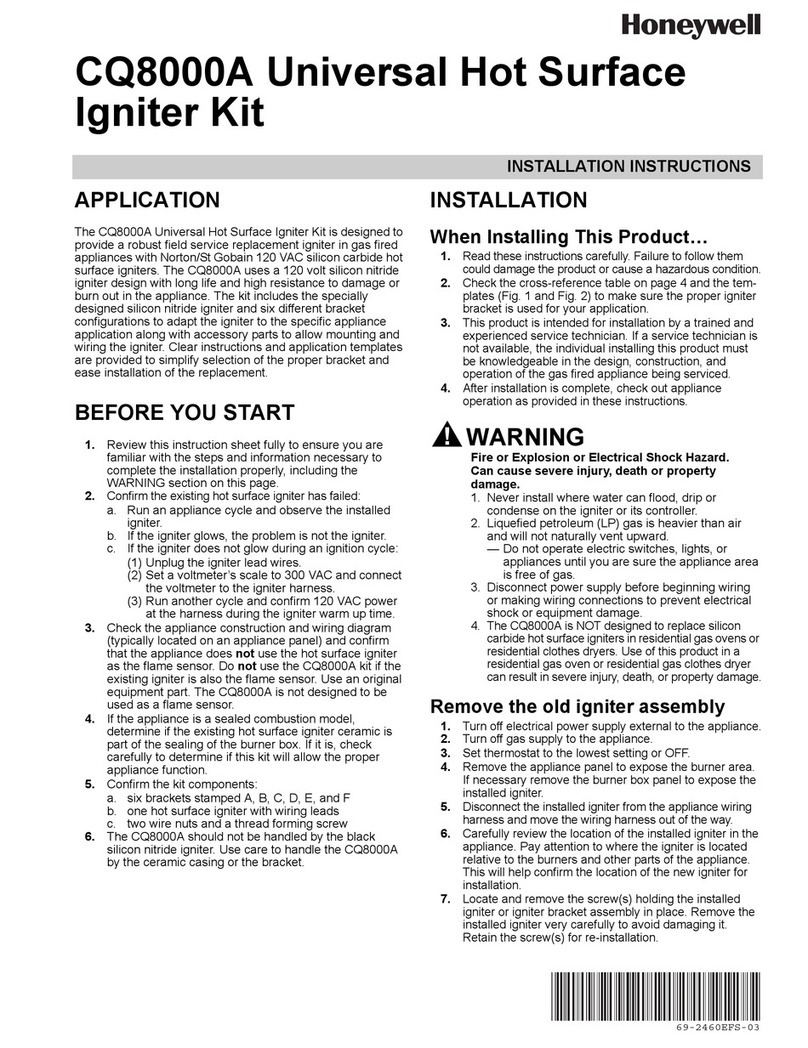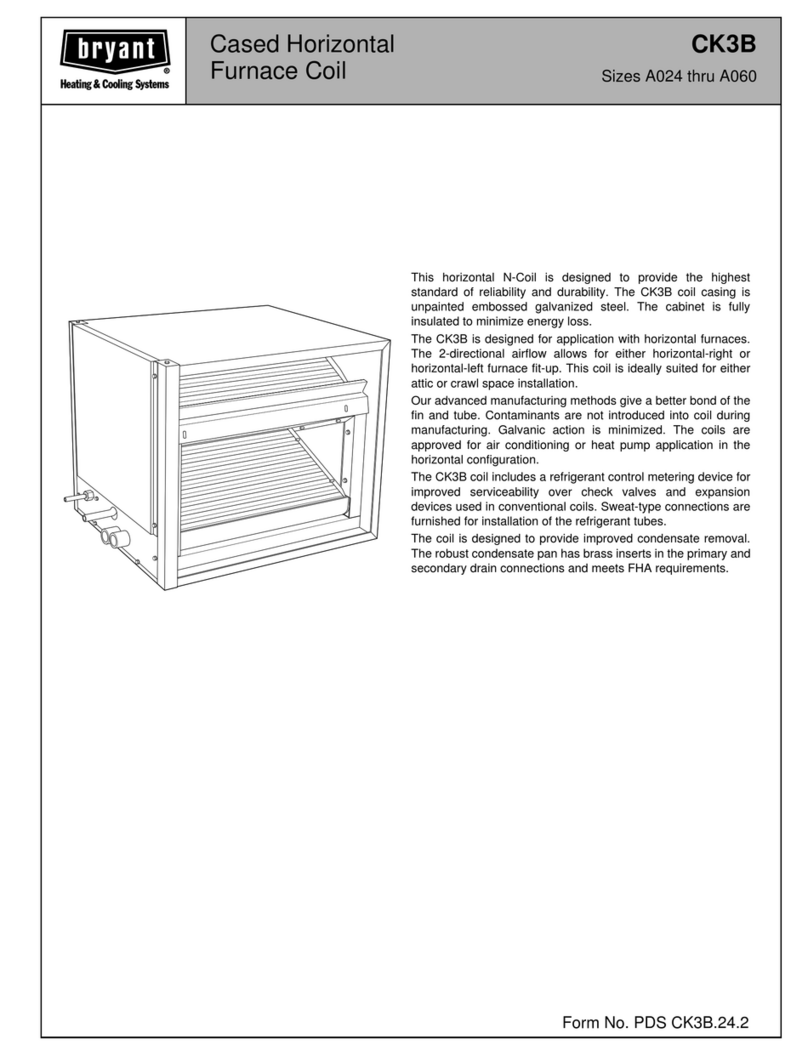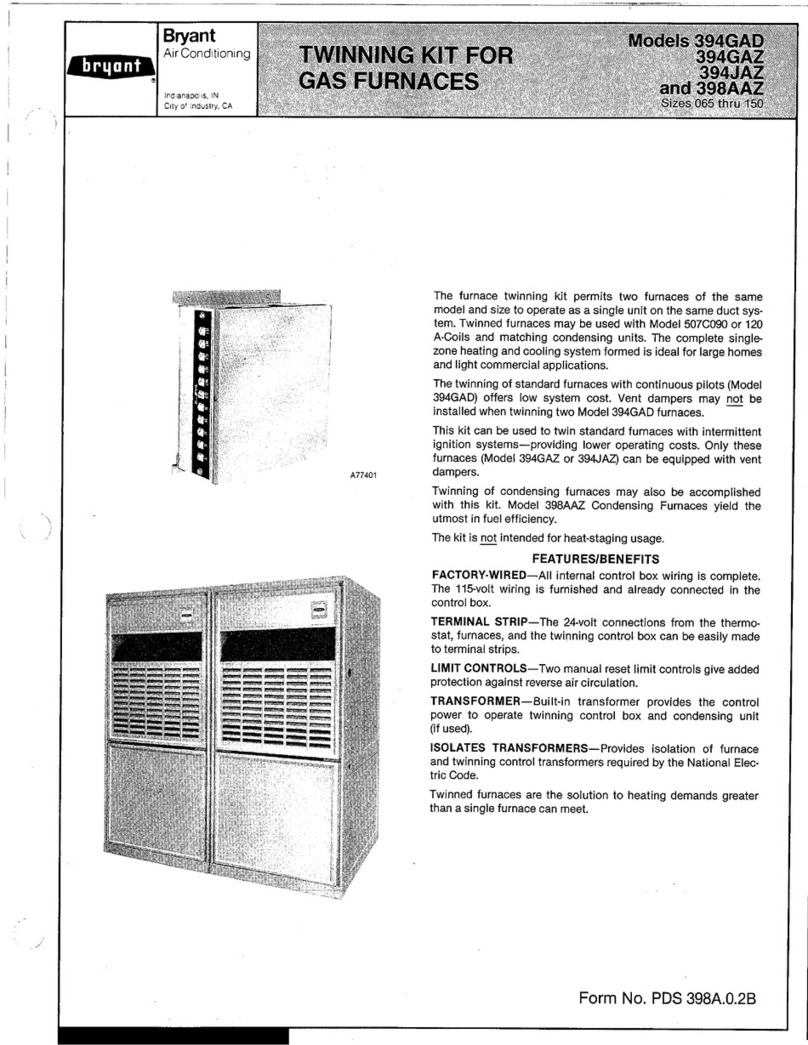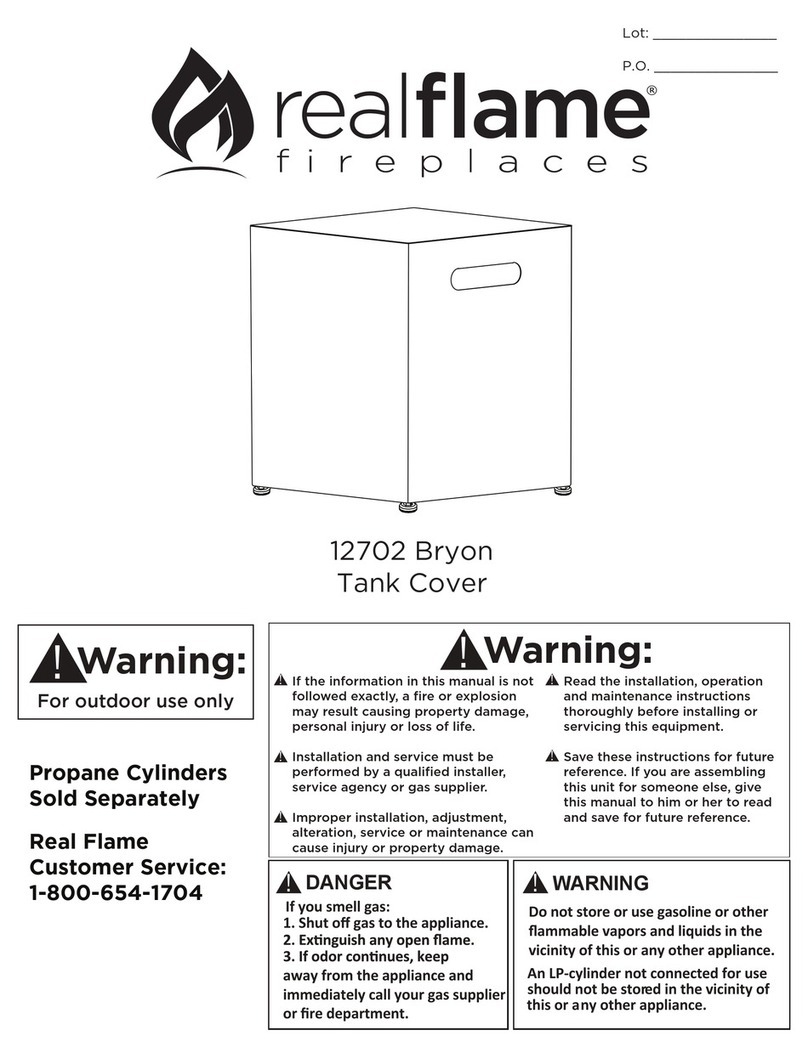
1
337938---782---CBP
337938---784---CBP
337938---785---CBP
337938---786---CBP
337938---787---CBP
337938---790---CBP
Installation Instructions
INDUCER HOUSING KIT
F O R S I N G L E --- S T A G E , T W O --- S T A G E A N D
MODULATING GAS FURNACES
NOTE: Read the entire instruction manual before starting the
installation.
SAFETY CONSIDERATIONS
Improper installation, adjustment, alteration, service, maintenance,
or use can cause explosion, fire, electrical shock, or other
conditions which may cause death, personal injury, or property
damage. Consult a qualified installer, service agency, or your
distributor or branch for information or assistance. The qualified
installer or agency must use factory--authorized kits or accessories
when modifying this product. Refer to the individual instructions
packaged with the kits or accessories when installing.
Follow all safety codes. Wear safety glasses, protective clothing,
and work gloves. Have a fire extinguisher available. Read these
instructions thoroughly and follow all warnings or cautions
included in literature and attached to the unit. Consult local
building codes, the current editions of the National Fuel Gas Code
(NFGC) NFPA 54/ANSI Z223.1 and the National Electrical Code
(NEC) NFPA 70.
In Canada, refer to the current editions of the National Standards of
Canada CAN/CSA--B149.1 and .2 Natural Gas and Propane
Installation Codes, and Canadian Electrical Code CSA C22.1.
Recognize safety information. This is the safety--alert symbol .
When you see this symbol on the unit and in instructions or
manuals, be alert to the potential for personal injury.
Understand the signal words DANGER,WARNING,and
CAUTION. These words are used with the safety--alert symbol.
DANGER identifies the most serious hazards which will result in
severe personal injury or death. WARNING signifies hazards
which could result in personal injury or death. CAUTION is used
to identify unsafe practices which may result in minor personal
injury or product and property damage. NOTE is used to highlight
suggestions which will result in enhanced installation, reliability, or
operation.
FIRE, EXPLOSION, ELECTRICAL SHOCK
HAZARD
Failure to follow this warning could result in personal injury,
death and/or property damage.
The ability to properly perform maintenance on this equipment
requires certain knowledge, mechanical skills, tools, and
equipment. If you do not possess these, do not attempt to
perform any maintenance on this equipment other than those
procedures recommended in the Owner’s Manual.
!WARNING
FIRE, EXPLOSION, ELECTRICAL SHOCK AND
CARBON MONOXIDE POISONING HAZARD
Failure to follow instructions could result in personal injury,
death or property damage.
Improper installation, adjustment, alteration, service,
maintenance, or use can cause carbon monoxide poisoning,
explosion, fire, electrical shock, or other conditions, which
could result in personal injury or death. Consult your
distributor or branch for information or assistance. The
qualified installer or agency must use only factory--authorized
kits or accessories when servicing this product.
!WARNING
ELECTRICAL SHOCK HAZARD
Failure to follow this warning could result in personal injury
or death.
Before installing, modifying, or servicing system, main
electrical disconnect switch must be in the OFF position and
install a lockout tag. There may be more than one electrical
supply to the furnace. Check accessories and cooling unit for
additional electrical supplies that must be shut off during
furnace servicing. Lockout and tag switch with a suitable
warning label. Verify proper operation after servicing.
!WARNING
INTRODUCTION
This instruction covers installation of the single--speed, two--speed,
and modulating inducer assemblies on condensing 35--in. (889
mm) tall, high--efficiency units.
The inducer should be replaced when the motor is seized, open,
shorted or grounded. The PSC motor is equipped with an internal
thermal overload. If the overload is open, allow time (several
minutes) for overload to reset.
ECM inducer motors do not have an internal overload and are in-
ternally protected through the electronics in the motor controller.
There are four (4) different PSC inducer assemblies to service all
single--stage and 2-stage furnaces with PSC inducers.
Each of the 4 PSC motors have a different horsepower and/or RPM
range required for the various size furnaces.
The motor supplied in the kit for furnaces with PSC inducers is a
2--speed inducer motor. Single--stage operation is achieved through
the use of an adapter harness included with the kit.
There is one (1) kit for modulating furnaces. The replacement
assembly may look different from the assembly installed on the
furnace, but operates the same as the original motor. The new
modulating furnace inducer kit does not require an adapter harness.
See Fig. 1.
Refer to Table 2 for the correct furnace and kit combination.
